If you live in an area that experiences cold temperatures, you may be familiar with the frustration of an outdoor faucet frozen. Not only can it be a hassle to deal with, but it can also cause severe damage to your plumbing system.
In this article, we'll look at what causes outdoor faucets to freeze, how to prevent it, and what to do if outside faucet is frozen
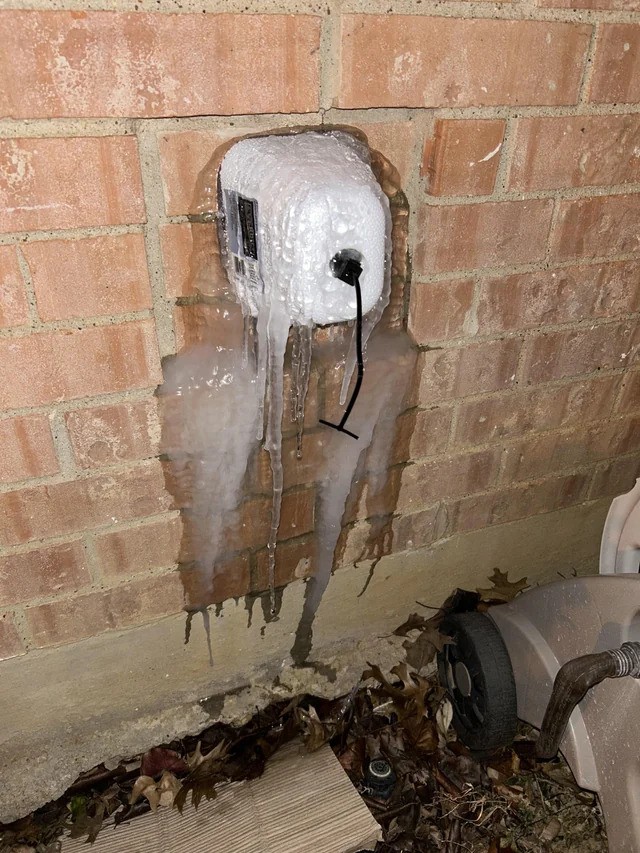
When the temperature drops below freezing, outdoor faucets can quickly become frozen. If unprepared, a frozen outdoor faucet can lead to severe problems, such as burst pipes and expensive repairs.
This section will discuss the risks associated with frozen outdoor faucets and how to prevent them.
Cold weather can have several effects on outdoor faucets. One of the most significant risks is that water left inside the faucet can freeze and expand, causing the pipe to crack or burst. This can lead to water damage and expensive repairs.
Another hazard of cold weather is the potential for ice on the faucet. This can make it difficult or impossible to turn the faucet on and off, leading to damage to the handle or spindle.
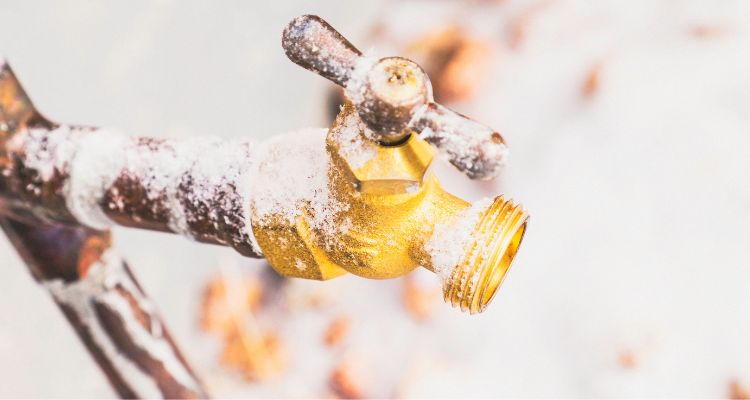
It is important to understand the freezing temperatures and the frost line in your area. The frost line is the depth at which the ground freezes in the winter. In areas with a deep frost line, outdoor faucets should be installed deeper in the ground to prevent freezing.
In addition, it is important to know the temperature at which water freezes. Water freezes at 32°F (0°C), but the temperature at which outdoor faucets will freeze can vary depending on a number of factors, including the type of faucet and the insulation around the faucet.
To prevent frozen outdoor faucets, it is important to take steps to protect them before the temperature drops below freezing. This may include insulating the faucet and any exposed pipes, or turning off the water supply to the faucet and draining any remaining water from the pipe.
By understanding the risks and taking preventative measures, you can avoid the costly and inconvenient problems associated with frozen outdoor faucets.
Preventing a frozen outdoor faucet is essential to avoid costly repairs and damages. Here are some preventative measures you can take to protect your outdoor faucet from freezing during the winter months.
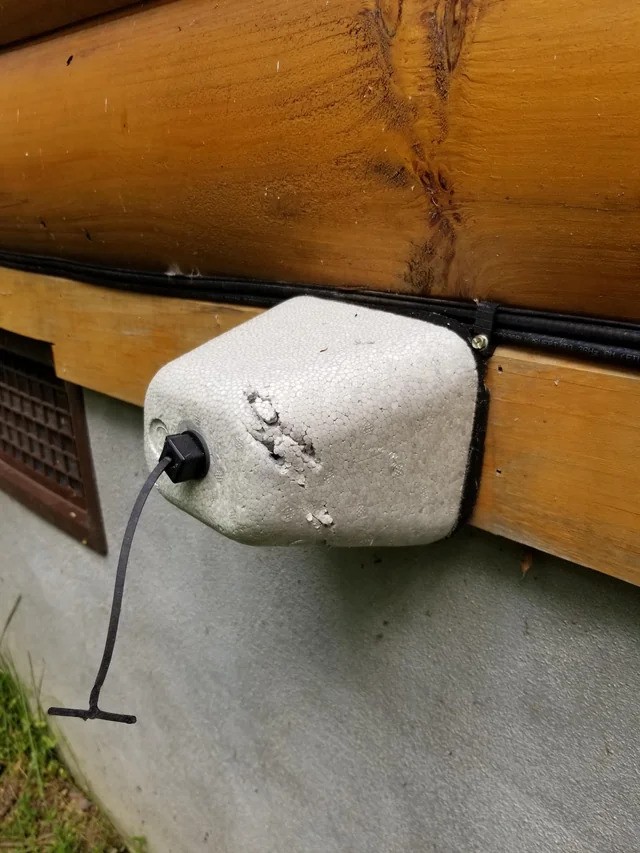
Insulating your outdoor faucet is one of the most effective ways to prevent it from freezing. You can use foam insulation sleeves, or foam faucet covers to protect your faucet from freezing temperatures. These insulation techniques will help keep the heat inside the faucet, preventing the water from freezing.
Another way to insulate your outdoor faucet is to wrap it with heat tape. Heat tape is a flexible heating element that you can wrap around your faucet and plug into an electrical outlet. The heat tape will keep your faucet warm and prevent it from freezing.
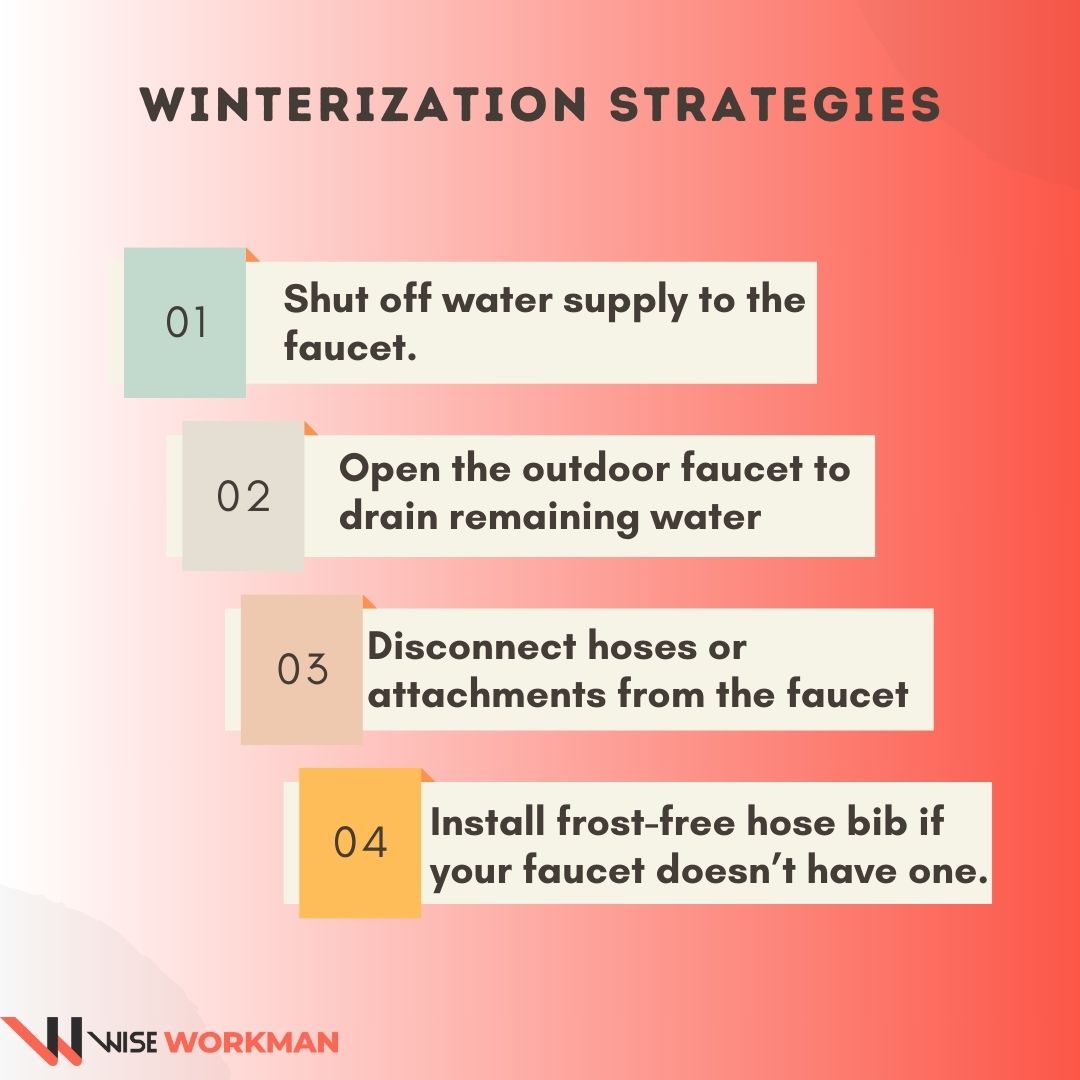
Winterizing your outdoor faucet is another effective way to prevent it from freezing. Winterization involves draining all the water from your outdoor faucet and turning off the water supply to the faucet. Here are some steps to follow when winterizing your outdoor faucet:

By following these preventative measures, you can protect your outdoor faucet from freezing during the winter months. Remember to always take care of your outdoor faucet and perform regular preventative maintenance to avoid costly repairs and damages.
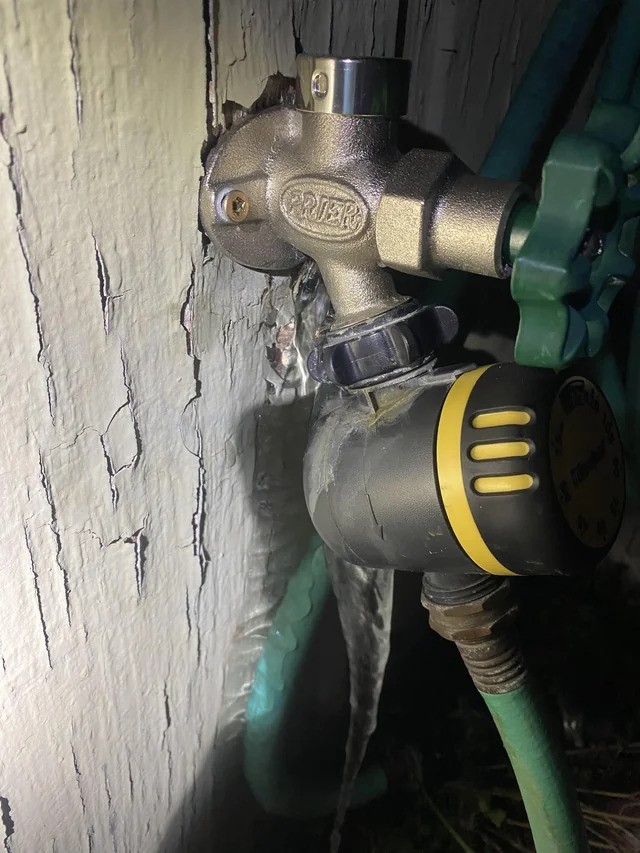
If you live in an area where the temperature drops below freezing, you may have experienced the frustration of a frozen outdoor faucet. Fortunately, there are several ways to thaw a frozen faucet and prevent it from bursting.
One of the easiest ways to thaw a frozen outdoor faucet is to use a hairdryer or heat gun. Hold the tool a few inches away from the faucet and move it back and forth until the ice thaws. Be careful not to get too close to the faucet, as this can cause damage.
Another method is to use warm towels or rags. Soak the towels in warm water and wrap them around the faucet and pipes. This will help to gradually thaw the ice.
If you need to use the faucet immediately and don't have time to thaw it, you can turn off the water supply to the faucet and open the faucet to relieve pressure. This will prevent the faucet from bursting and causing damage.
If the faucet has already burst, turn off the water supply immediately and call a professional plumber to fix the problem. Burst pipes can cause extensive damage to your home and should be addressed as soon as possible.
Remember to take precautions when dealing with frozen faucets. Wear gloves and eye protection, and never use an open flame to thaw the faucet. With the right tools and techniques, you can thaw a frozen outdoor faucet and prevent costly damage to your home.
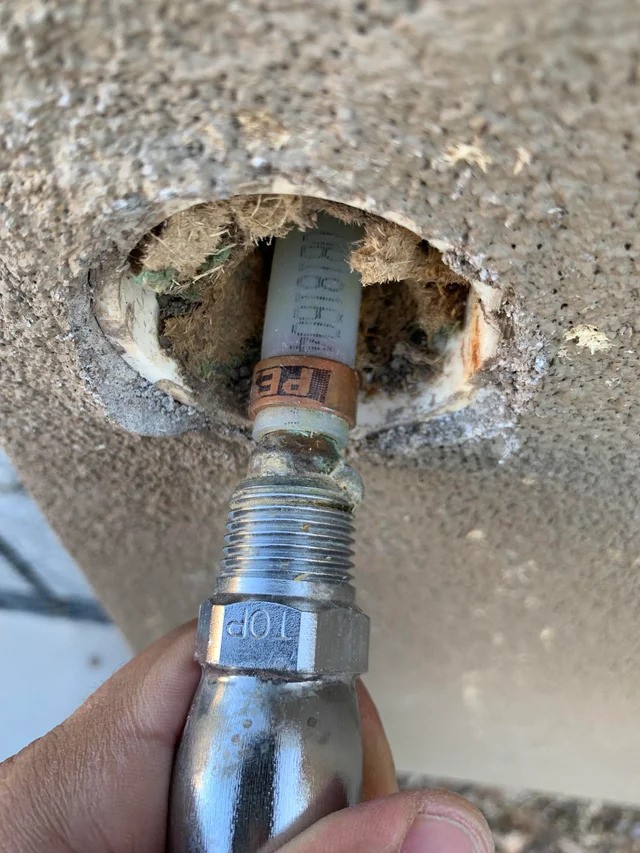
If your outdoor faucet freezes, it can cause serious damage to your pipes. When water freezes, it expands, which can cause the pipes to crack or burst. If you notice any signs of damage, such as water leaking from the faucet or pipes, it's important to address the issue as soon as possible.
To repair a damaged faucet, you may need to replace the entire unit. This can be a complicated process, so it's best to call a professional plumber to handle the job. They can help you choose the right replacement faucet and ensure that it is installed correctly.
One way to prevent your outdoor faucet from freezing is to insulate it properly. There are several methods you can use to do this, including foam covers and heat tape.
Foam covers are an inexpensive and easy way to insulate your faucet. They are made of foam rubber and slip over the faucet, providing a layer of insulation to keep the water from freezing. These covers are available at most hardware stores and can be easily installed in just a few minutes.
Another option is to use heat tape. This is a special type of tape that is designed to keep pipes from freezing. It works by heating up the pipes and preventing the water from freezing. To use heat tape, simply wrap it around the faucet and pipes, following the manufacturer's instructions.
Overall, proper maintenance and insulation can help prevent your outdoor faucet from freezing and causing damage to your pipes. By taking the necessary precautions, you can ensure that your faucet is protected and working properly all winter long.
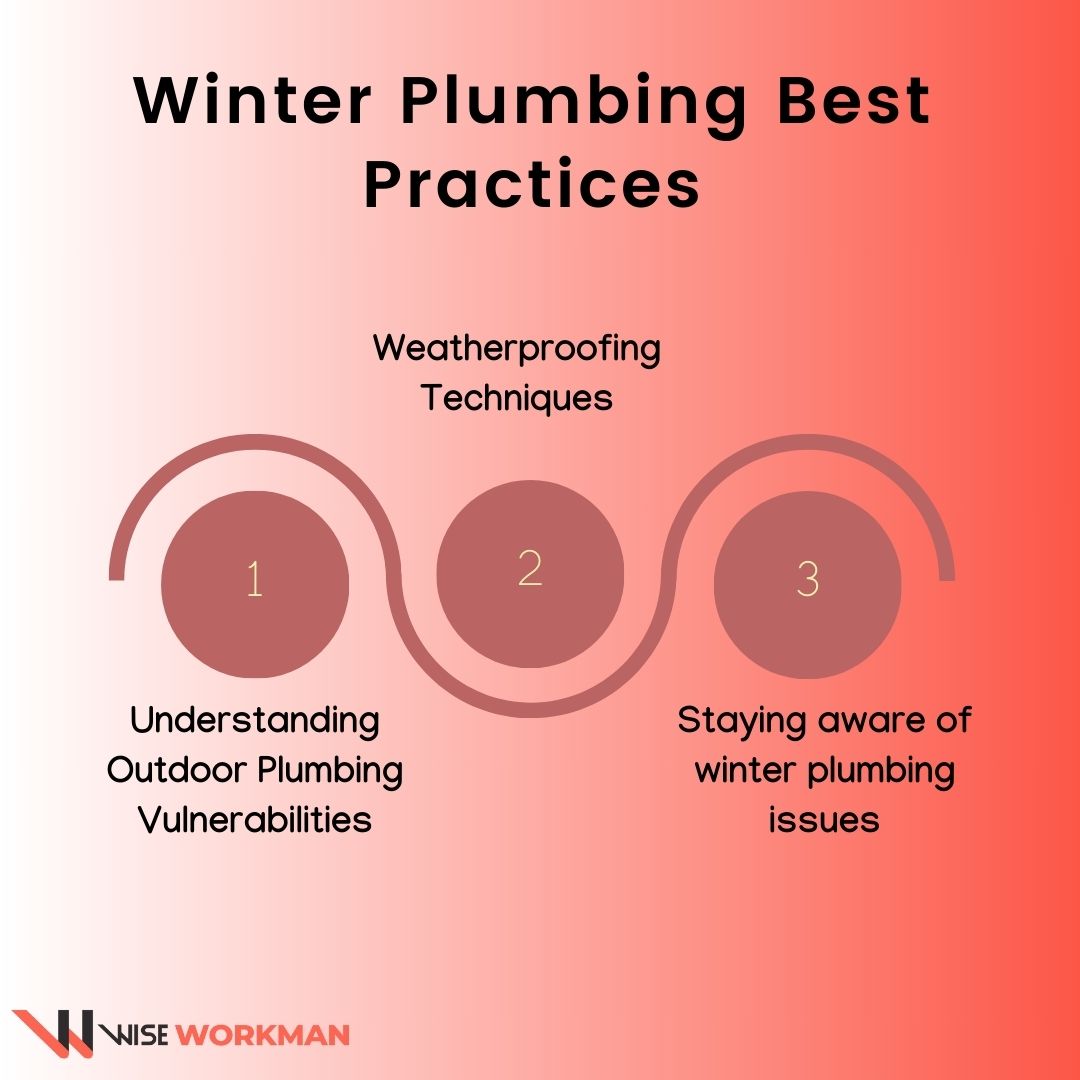
Winter can be brutal on your home's plumbing system, especially outdoor faucets. Frozen pipes can lead to costly repairs and water damage. Therefore, it is essential to prevent your outdoor faucets from freezing.
Here are some winter plumbing best practices to help you keep your outdoor plumbing system in tip-top shape.
Winter can be brutal on your home's plumbing system, especially outdoor faucets. Frozen pipes can lead to costly repairs and water damage. Therefore, it is essential to prevent your outdoor faucets from freezing.
Here are some winter plumbing best practices to help you keep your outdoor plumbing system in tip-top shape.
To prevent your outdoor faucets from freezing, you should take steps to weatherproof your plumbing system. Here are some weatherproofing techniques to consider:
In addition to frozen pipes, there are other winter plumbing issues that you need to be aware of. Here are some common winter plumbing issues and how to prevent them:
By following these winter plumbing best practices, you can keep your outdoor plumbing system in good working order and avoid costly repairs.
Therefore, while it is highly probable that your outdoor faucet will freeze during winters there are multiple ways in which you can prevent such a situation either through insulation or preventative measures.
In the case of a frozen faucet you can use thawing techniques such as a heat gun or emergency procedures that we have talked about.